Maureen Schaeffer, 73, is currently in her suburban Philadelphia home planning a trip to Switzerland from her laptop. But it’s not her first time abroad: She’s been to Europe 15 times since launching into later-life travel.
While in Europe, she met famous travel guide and author Rick Steves in Italy and took the scenic coastline roads less traveled (per the locals) in Ireland. Closer to home, she spent six weeks camping in the Pacific Northwest with a friend. They packed a tent and air mattress into their carry-on luggage. She also recently bought a kayak that fits into her minivan and the small camper she uses to travel across the United States.
The Secret to Getting Started
As one of 10 siblings, car trips were the way Schaeffer’s family could travel economically. But when she was 17, she fondly remembers her father taking her and four siblings on a cross-country trip.
Schaeffer’s passion for travel is contagious and has always had an adventurous spirit. “For me, it’s not a stretch,” she says. But she also knows not everyone is cut out for cross-cultural treks or several weeks in a tent.
“Travel is one of my life’s greatest pleasures,” says the mother of two and grandmother of five. “But when I encourage others to pursue it, you can just see the fear,” she says. Many even tell her, “I could never do it.”
Her secret? Start small.
Just hop in the car with some friends and head somewhere local, Schaeffer recommends. Go historical, go rustic, go shopping, go outdoors—whatever interests you. Take a chartered bus trip to a big city, check out local wineries, or explore nearby landmarks. “National parks are such a treasure,” she adds.
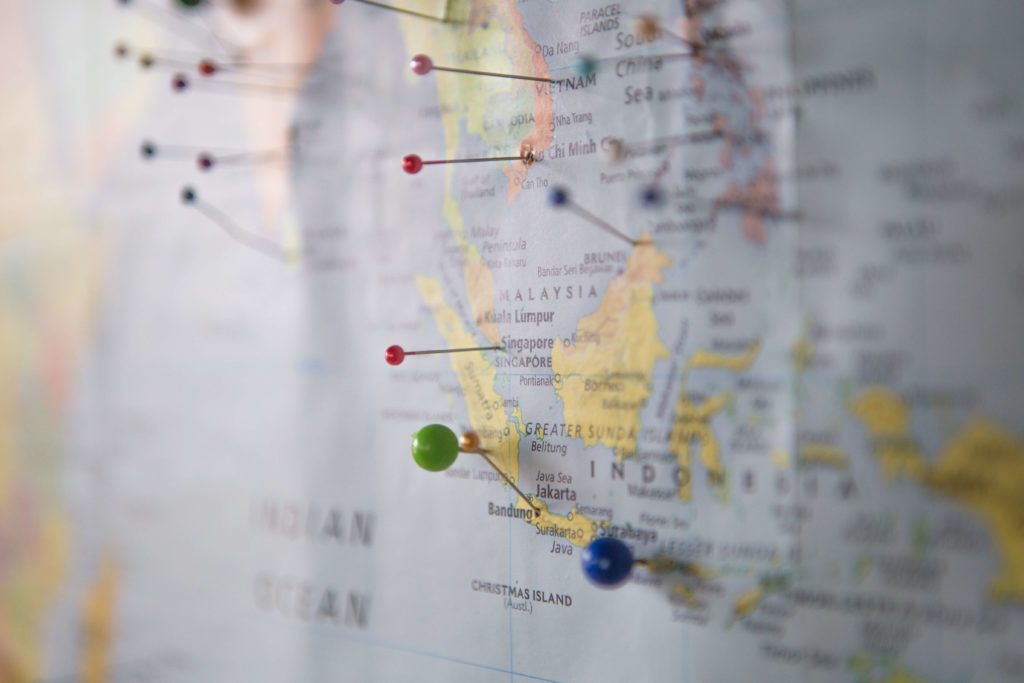
Another secret? Don’t wait until retirement.
Schaeffer started her international and domestic journeys while she was still working, using vacation time for what she calls “big trips” (next up: Switzerland) and spending her travel money resourcefully, using credit card points for flights and taking limited baggage. Most of her overseas trips have been self-guided, and she typically drives in-country to get the full experience (like driving on the left: the first 100 miles are the hardest, she reports).
Go Big or Stay Home: Why Some Choose Extreme Travel

Norm Bour, 65, took a cue from millennials when he decided to make a go of international travel.
Initially scared to take the overseas plunge (prior to 2016, he had never left the United States), Bour is now officially an ex-pat. He permanently left the US a year ago to travel to various overseas locations, staying for six weeks at a time. Bour—who’s written a book about his experiences and writes blogs on his site Travel Younger—credits the millennial generation for his inspiration. “They make travel a priority,” he says. “And they make it look so easy!”
But knowing it’s not as easy as it looks, Bour teaches baby boomers and others how to be “travelers rather than tourists,” and to assimilate themselves into the culture of where they might be staying.
For Janice Lintz, 57, a serious illness put things into perspective.
“I always traveled, but I made a decision to ‘up my game’ after I couldn’t speak for five months post thyroid cancer (due to an immobile vocal cord). Thankfully, I have recovered fully.”
Lintz is currently in Laos and has traveled as far as Antarctica, along with 192 other countries, territories, and disputed nations. “There is never the perfect time to go, so just go,” she says.

Steve Silberberg believes the 50s and 60s are “a good time to do adventure travel while you still can,” and he sees that firsthand. His business, Fitpacking, is tailored to older or overweight hikers who want to go on backpacking adventure vacations to get fit.
And as Schaeffer says, there are always options: “You can go down the big steps to the bottom of a waterfall, or just enjoy the view from the top.” And in her opinion, an imperfect or seemingly limited trip is “better than sitting at home on the couch!”
Plan Ahead, but Go with the Flow

While doing good research ahead of time is essential to finding the best deals and coordinating all the required logistics, letting go of “perfect trip” expectations is equally important. And, it actually opens you up to even more adventures—as Lintz and Schaeffer can both attest.
“When things appear not to work out, they usually have a way of working out for the better,” Lintz says, sharing a story of missed flight the travel agency failed to notify her about. “I ended up going to Nosy Be, Madagascar—which was never on my itinerary— and I loved it. I went to see the Baobab trees the following year.”

At a music festival in Ireland, Schaeffer and her travel companion met some wonderful locals while fiddling with a map, and ended up driving along some spectacular coastline roads. “It’s good to know ahead of time where to stay, what to eat, and what to see,” says Schaeffer, who adores the Rick Steves travel guides and shows for his vetted recommendations. But the locals are the best ones to tell you what not to miss—if you’re open to learning from them, she says.
Charles McCool, owner of McCool Travel and named one of Twitter’s top 10 US travel bloggers, encourages boomers to “travel happy, ” and that means planning the trip you want to take—not the one you think you should.
“Some people want to buy a new car or RV and road trip around the US; some want to take a 100-day cruise. Some want to visit all their grandchildren and cousins. Some want to do a heritage/family history/genealogy or pilgrimage journey,” McCool says.
To that end, McCool provides support and tools so his boomer clients learn how to travel light—saving on money, time, and stress. “And be flexible … because the most vivid and transformational experiences are usually unexpected and serendipitous,” he adds.
Take the Road Less Traveled—and Don’t Get Rusty
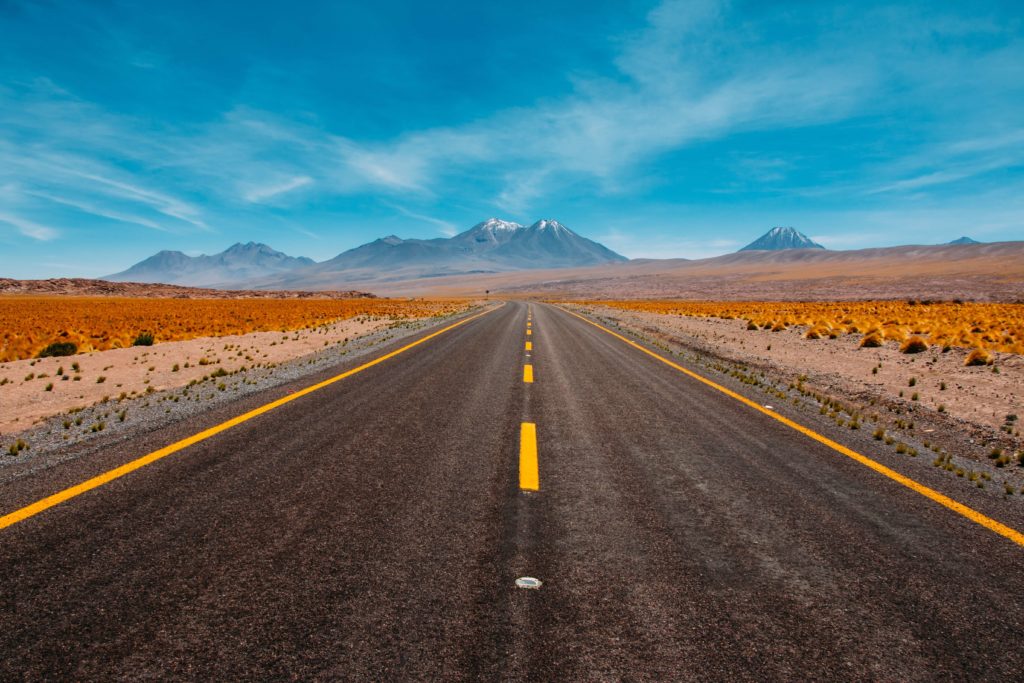
Baby boomer and 45-year travel veteran Carol Guttery is glad for the sore muscles and blisters she got while hiking on the Camino de Santiago, a 330-mile pilgrimage route in Northern Spain. In fact, she’s going to do it a second time in the near future.
“After many decades of the nine-t0-five life, I wanted to rethink my priorities and make more room in my life for travel,” says Guttery, who helps her Wayfaring Views travel website readers explore “beyond the obvious.” “I approached the Camino seeking an answer to the question, ‘What next?’, strapped on a 15-pound backpack, and simply pointed myself west, toward the answer.”
Guttery is a strong believer in active adventures for older travelers. “The sedentary cruises and bus tours that boomers take are simply too passive,” she says. “I would encourage boomers to avoid getting rusty by tackling a challenging physical or intellectual pursuit as part of their travels.”
Shawn Anderson hasn’t let age get in the way of his adventures. The now 57-year-old has logged more than 3,000 cross-country miles in seven countries—on foot!—since he turned 52, walking across Spain, Portugal, England, Ireland, Italy, France, and Japan. Starting June 1st of this year, he’ll add Scotland to that list. “You are never too old to create your greatest life adventures,” Anderson advises. “Step outside of your comfort zone … and make the world your address.”
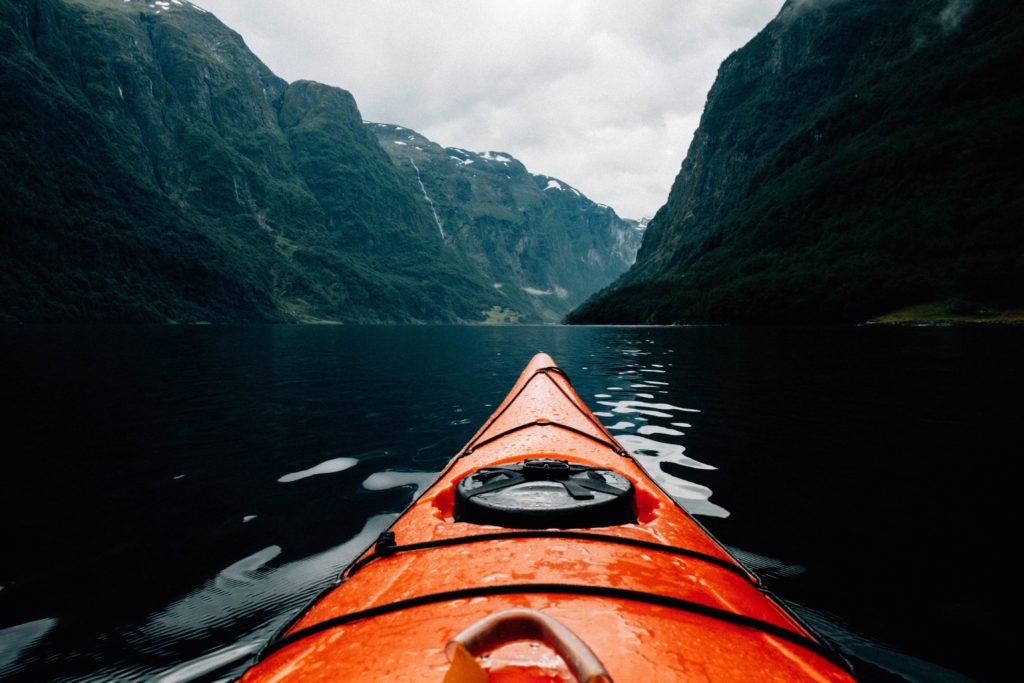
Boomer Lisa Dorenfest and her partner are living Anderson’s advice on land AND sea. “We just finished our first global sailing circumnavigation together. Since 2013, we’ve sailed over 45,000 nautical miles together aboard sailboat Amandla, visiting 43 countries along our way (with a combined 92 countries visited during our lifetime of travels).” Although their preferred method of travel is by sailboat, Dorenfest and her partner have done a great deal of overland travel together as well, sharing their adventures online.
A Helpful Checklist for Boomer Travelers
Feeling inspired, overwhelmed—maybe both? These 9 practical tips will help you go confidently in the direction of your dreams, be it 10 miles or 10 days’ drive away.

1. Do your research. Find boomer-friendly timeshare deals on secure booking sites like RedWeek.com or rental car discounts for boomers only via Rhino Car Hire: Over 50 Rentals.
2. Go with someone who knows the ropes. Whether it’s your best girlfriend who’s seen the world, your travel-savvy wanderlust grandson, or a tour group, ease your fears of going it alone—or just try something new—by going together.
3. Trust the good in people. Sure, travel has its risks, but along the way, I’ve met many travel “angels,” and have even been one for others, Maureen Schaffer, 73, says. “People are kind, and help will always come.”
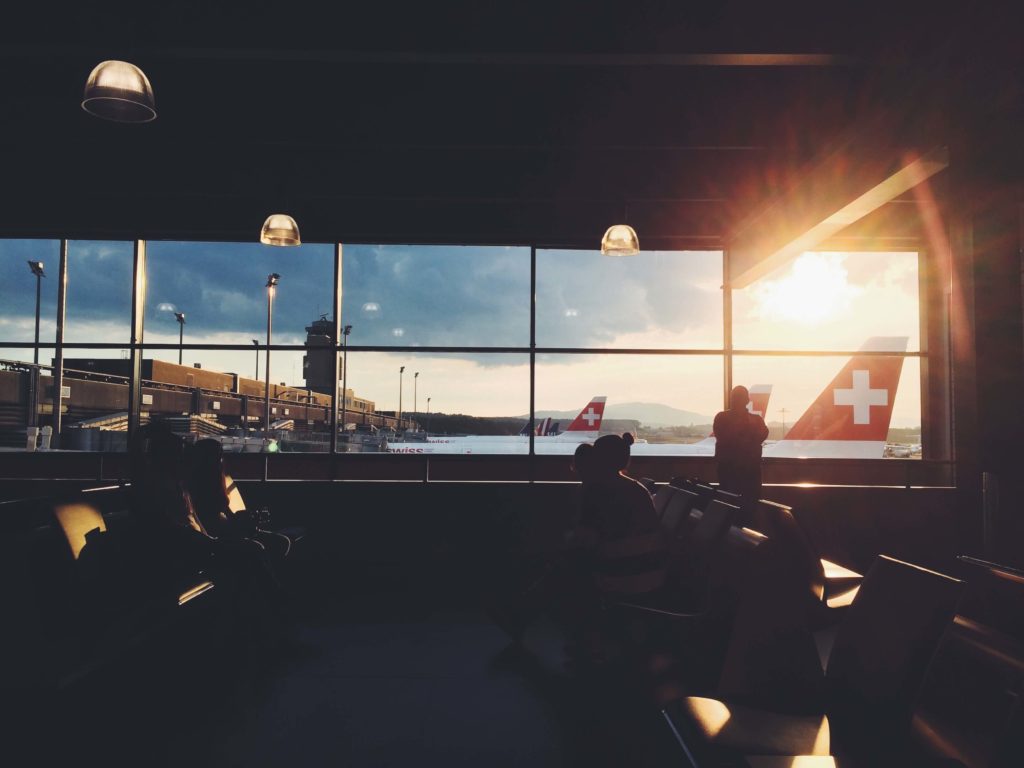
4. Find a tribe. Linda Claire Puig, co-founder of Adventurous Life—which serves travelers 40 and up on extended stay trips around the world—says many people are coming for the community. “We find that many in this age group are in this space of what’s next. And being around others who are feeling similar feelings, anticipating similar changes, and asking similar questions—it’s really great to talk things out.” Plus, extended travel (their trips are generally 30-days long) really gives you the mental space to think about deeper issues, Puig says.
5. Pack compression socks. While far from stylish, they can be “a massive source of comfort on long flights,” according to David Adler, founder and CEO of The Travel Secret. “Sitting still for a prolonged period can sometimes cause swelling and leg pain, which you are even more susceptible to as you age. Compression socks will keep the flow of blood moving, even while you are not.”
6. Don’t broadcast your trip on social media. It can be tempting to post about your upcoming trip on a social media site like Facebook, but keep that information hidden from the public, Adler recommends. “Only let your close friends and loved ones know about your plans. Posting about your vacation is essentially an advertisement to would-be criminals that you will not be home,” says Adler.

7. Take your time. Many of Adventures for Alaskans travel agent Diane Nigg’s clients are boomers, and often come to her with a fear of missing out. Because of that, they gravitate toward marathon type itineraries, says Nigg. But as she works with them to plan a trip, Nigg says, “They find that when they slow things down, they have a better overall experience. And since many are retired, they really don’t need to keep up the frenetic pace they had when fully employed.”
8. Get good travel insurance. This will cover potential problems during travel, including medical evacuation and repatriation, says Nigg. “It’s important to purchase travel insurance within two weeks of making a deposit on a trip if coverage for pre-existing conditions is required. I especially recommend the insurance that cruise ship carriers offer since they typically do not discriminate based on age.”
Getting Around When You Get There

Don’t want to drive in-country? Avi Wilensky is the founder of Up Hail, a travel app used by millions to compare prices and save money on various forms of ground transportation. He offers these tips for boomer travelers who are hesitant about using tech for transport so you can hail a cab or car anywhere—with confidence.
Ask a friend or family member to order a ride on your behalf. It’s a common misconception that you need to order an Uber or Lyft yourself using your own smartphone. Both platforms now have the ability for a third party to dispatch a ride to your location. Ask your family member or friend to put your address in the app or move the pin to your location. It’s advisable that they call or text your driver to give them a heads up that they’ll be picking up a different person than the one on the profile.i

If you need extra assistance with luggage or require more wait time, order a premium service. Both Uber and Lyft have premium black car services in most markets. While you’ll pay a bit more, you’ll get extra assistance, top-rated drivers, and a more spacious vehicle. If you have accessibility requirements, many markets have services such as UberWAV, UberAssist, or Lyft Access, where drivers are trained and certified to assist riders into vehicles. The vehicles have room to fit scooters, wheelchairs, and walkers (folded or disassembled). These service options generally cost the same as the economy options, such as UberX.
If you’re on a budget, consider a shared option. Both Uber and Lyft have shared or pooled services in many markets, which cost a fraction of the price. You may incur extra stops along the way, so it’s best to use these services if you’re not in a hurry. As an added bonus, it can be a great way to meet new people and converse with locals.
Looking for more vacation inspiration? Check out our must-see travel ideas!


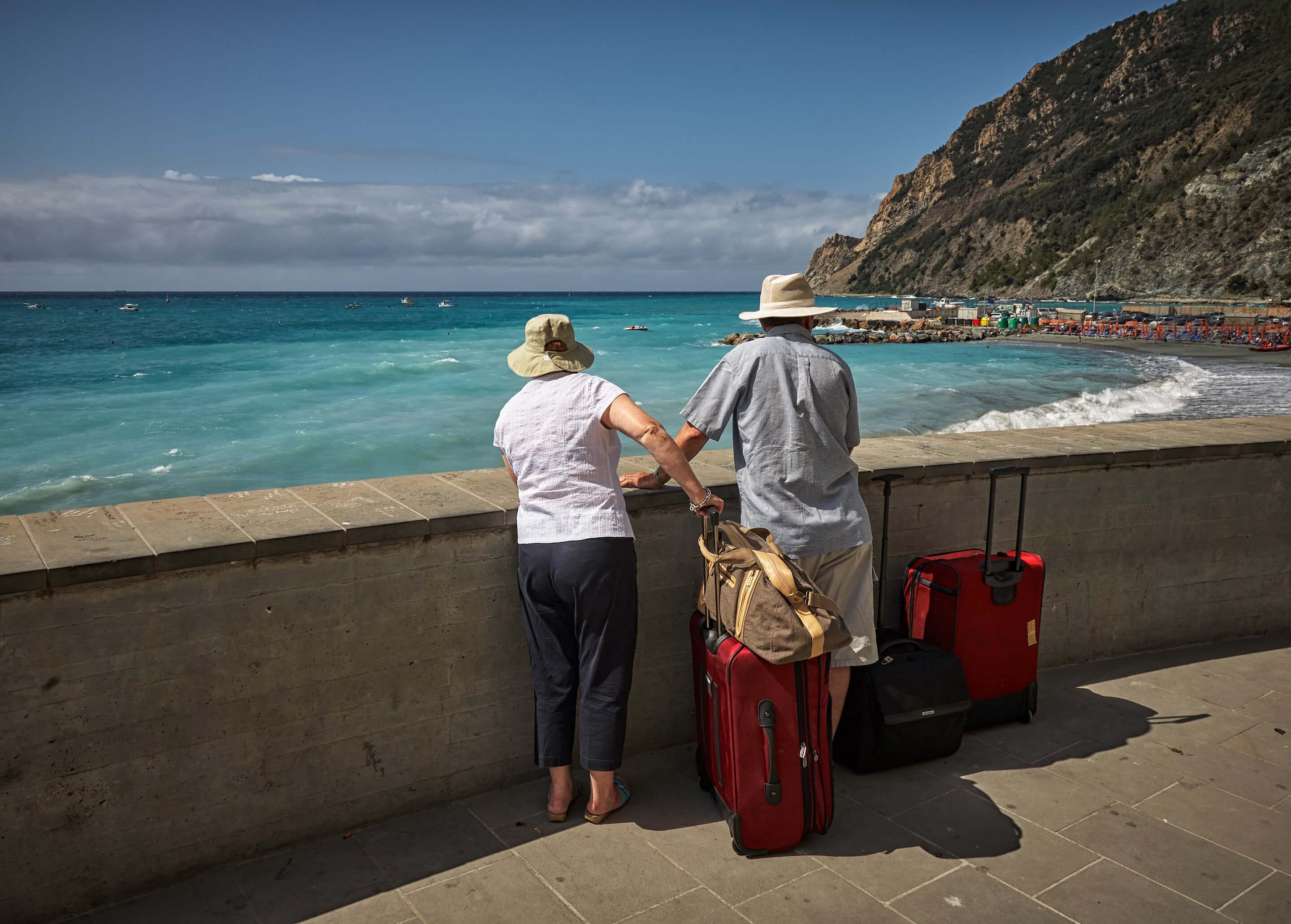
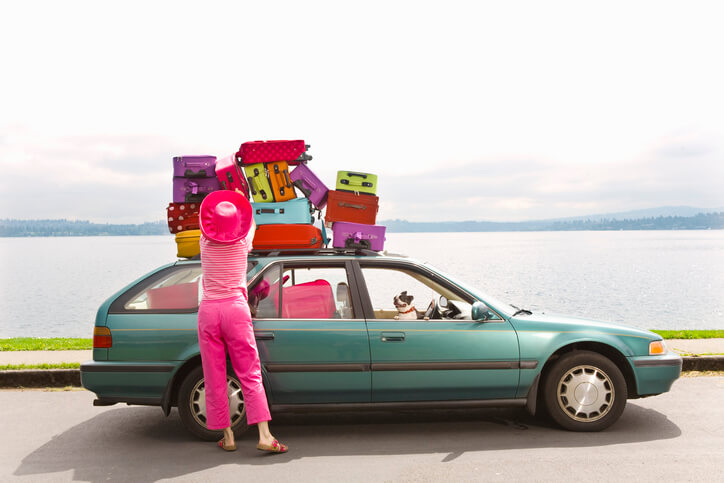



Excellent write-up. I absolutely love this website. Stick with it!